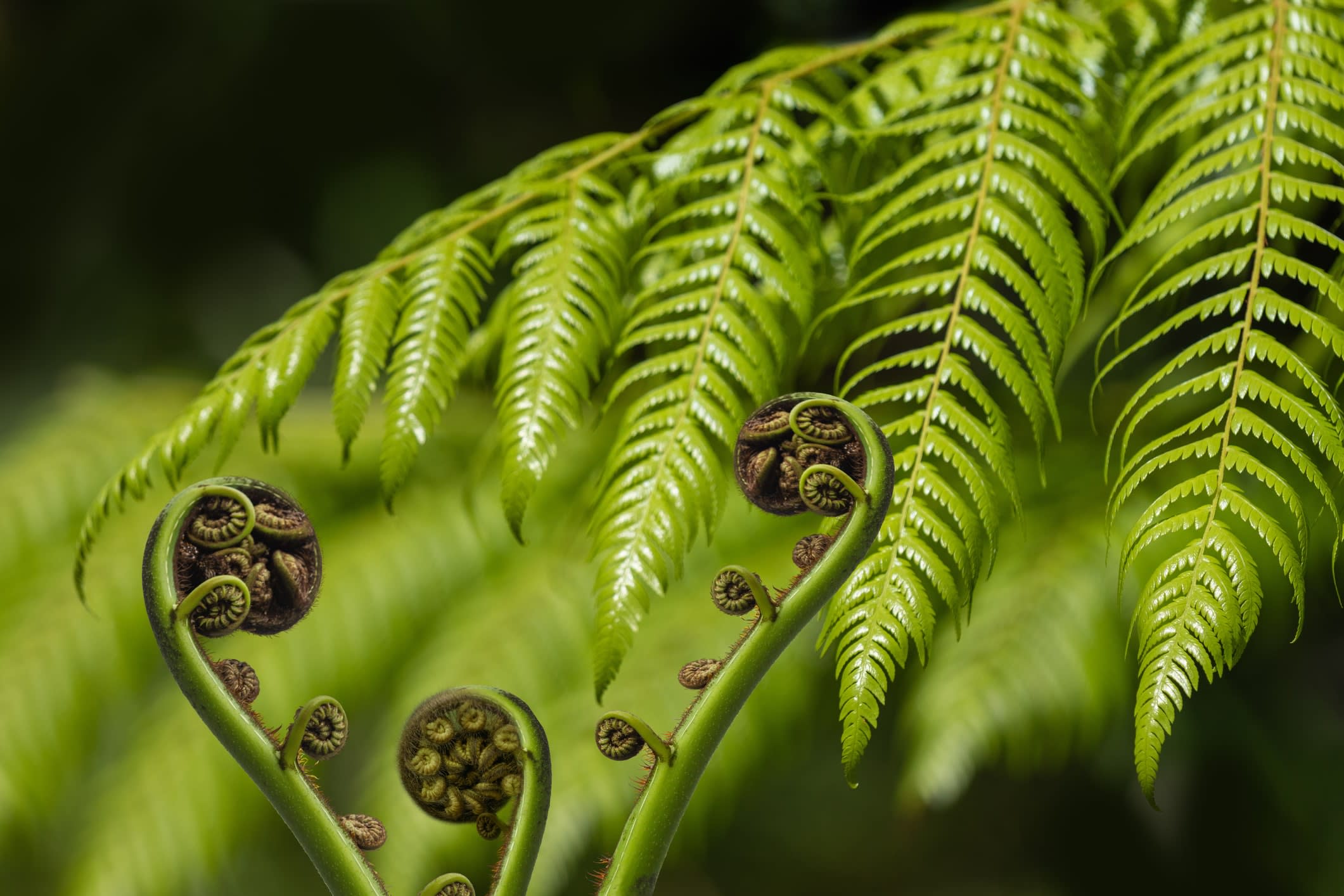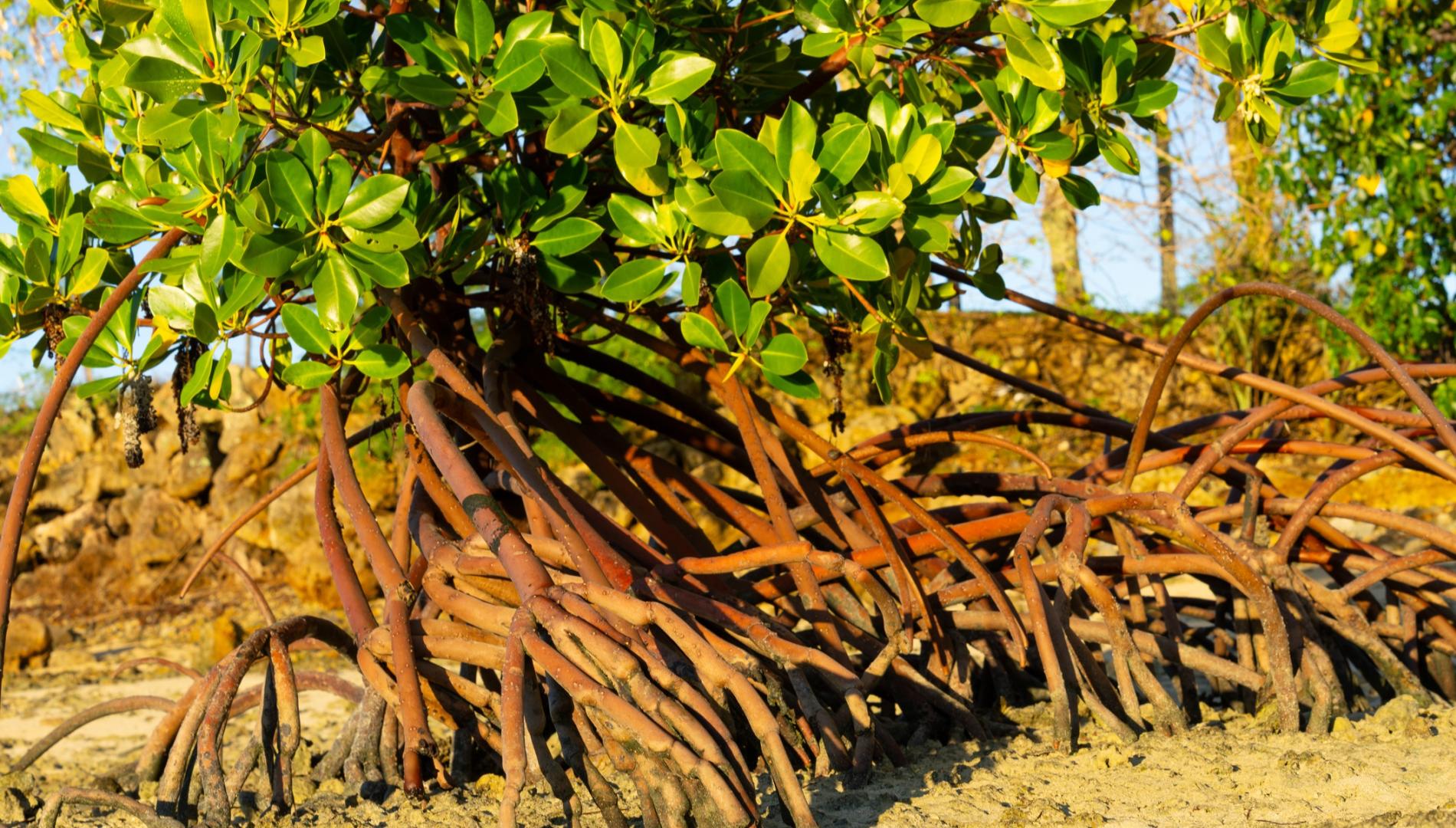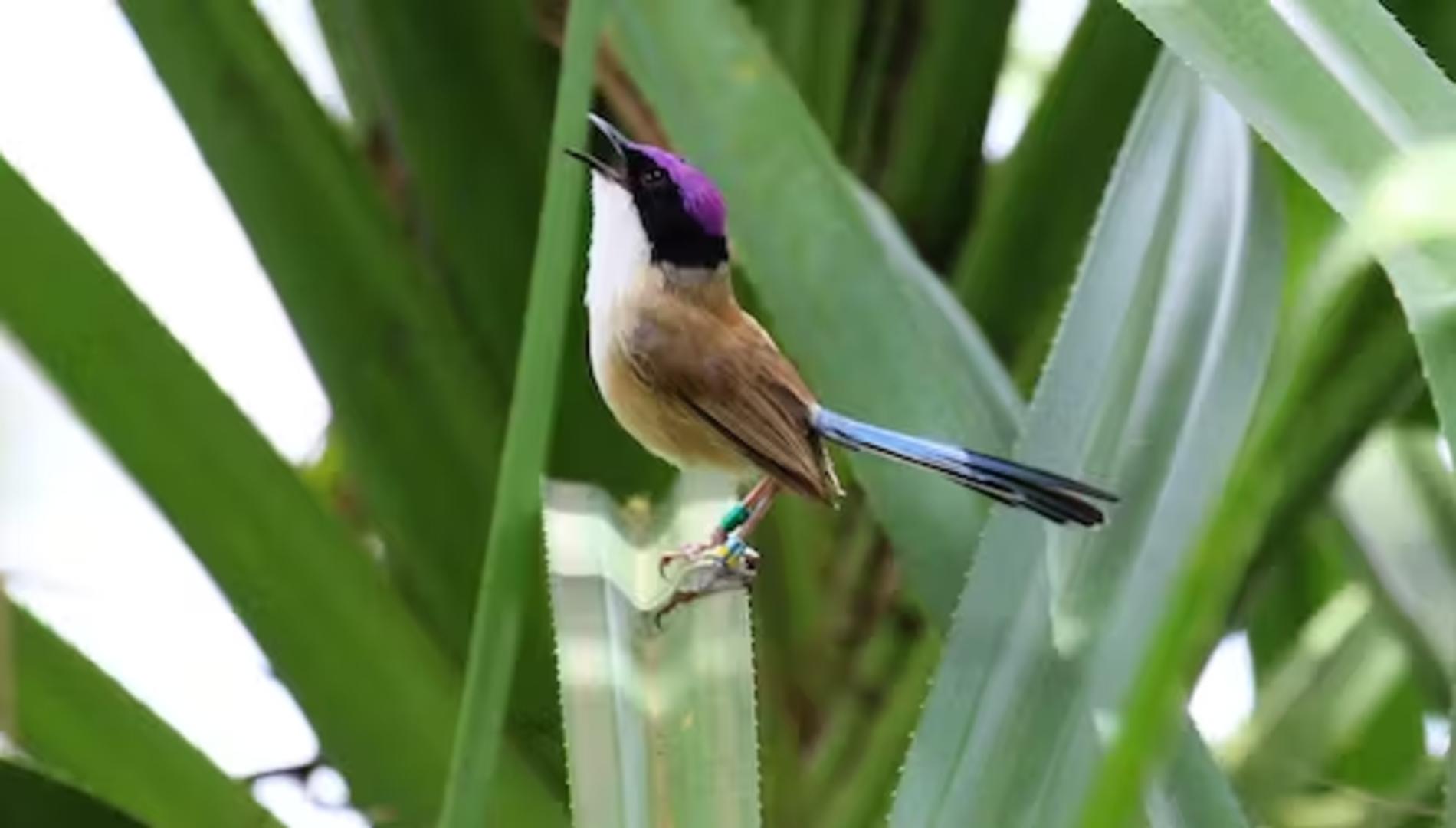Setting aside areas for the protection of biodiversity is a key conservation strategy. In 2022, the international community agreed to protect 30% of the Earth by 2030 as part of new targets under the Convention on Biological Diversity.
Achieving this ambitious target will involve increasing the number of protected areas, which offer legal protection for nature. But it will also involve increasing the less-understood conserved areas – places outside protected areas that protect biodiversity even if conservation isn’t the main aim.
Conserved areas can take many forms, including traditional management by Indigenous communities, hunting reserves that protect habitat for game species, and drinking-water catchments that protect forests.
An important difference between protected areas and conserved areas is that protected areas have legal protection that sets out the activities that are prohibited in order to protect biodiversity. These laws allow us to identify instances where the level of protection for areas is decreased or removed altogether – something that occurs surprisingly often.
Conservation researchers refer to the practice of downgrading protection, downsizing (reducing the size) or degazetting (total loss) a protected area as PADDD. A study published in the journal Science in 2019 reveraled that more than 1.6 million square kilometres of protected areas have had their protection decreased or removed.
Conserved areas often don’t have legal protection, making it challenging to monitor if the level of protection for these areas is changed.
A new study led by Associate Professor Carly Cook has done exactly that. Her team developed a system to track when protection has been reduced or removed from conserved areas, referred to as CADDD – Conserved Areas Downgrading, Downsizing and Delisting.
Using this approach, her team documented the first example of protection for a conserved area being downgraded.

First documented example of CADDD
The Northeast Newfoundland Slope Closure in Canada is a conserved area that protects important cold-water corals and sponges.
“These corals are extremely slow-growing, and are destroyed or damaged by activities that disturb the seafloor. The conserved area was created to prevent bottom-trawling by fisheries, allowing the corals to slowly start recovering,” says Associate Professor Cook.
However, her team discovered that in 2020, the Canadian government downgraded the protection for the conserved area, opening the area to exploration for oil and gas extraction. Because oil and gas extraction is so destructive, the IUCN considers it to be incompatible with nature conservation.
Read more: Biodiversity in Australia: Protecting our protected areas
Associate Professor Cook says that “by opening up this sensitive area to drilling, not only did the Canadian government downgrade protection for the conserved area, it may ultimately result in a whole area losing protection.”
The discovery of the first example of a conserved area being downgraded, and potentially downsized or totally removed, shows how important it is to have transparent systems in place.
“We need to be able to track changes in the level of protection for conserved areas in the same way we do for protected areas to ensure the value of these areas is not being undermined.”
Tracking changes to protected and conserved areas
Another key reason for monitoring changes to protected and conserved areas is the potential for them to be converted. The research team identified hundreds of examples of where existing protected areas were converted to conserved areas with no explanation for the changes.
“We found that more than 40% of all conserved areas were once protected areas, meaning that there was no increase in the total area protected, but potentially a change to the level of protection for biodiversity.” Associate Professor Cook says.
“If we don’t know why these areas changed from protected areas to conserved areas, then we have no way of knowing whether these changes were a step forward or a step backwards for conservation.”
Some changes to protected and conserved areas could be positive, including returning protected areas to the guardianship of Indigenous communities.
However, the lack of transparency regarding the reasons for these changes, and their likely impacts on biodiversity, makes the conservation community uneasy about the inability to monitor these changes.
“The major advance provided by this research is that we’ve established and demonstrated a transparent system for monitoring changes to protected and conserved Areas,” Associate Professor Cook says.
“The ability to identify and understand the impacts of any changes made to the protection for these areas is essential to measuring progress towards nature conservation. In the lead-up to 2030, it’s critical that we now have this framework in place.”






